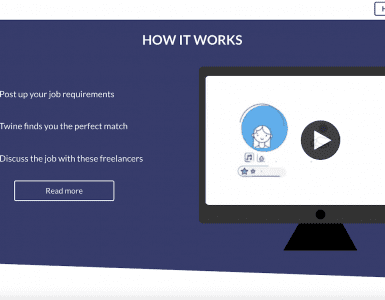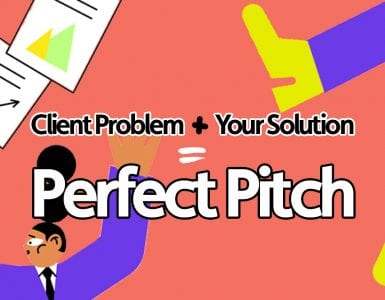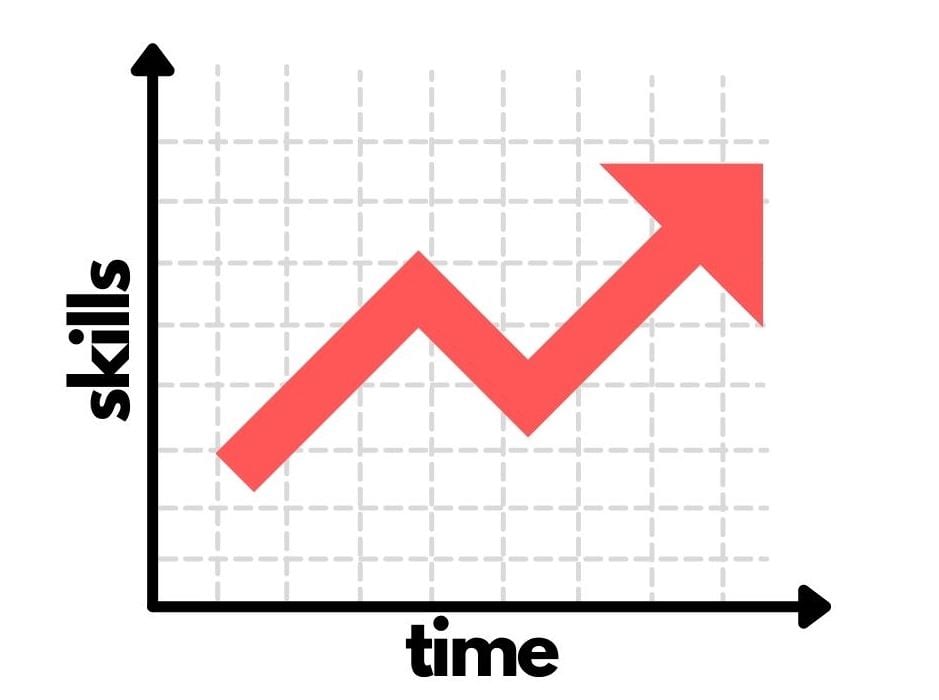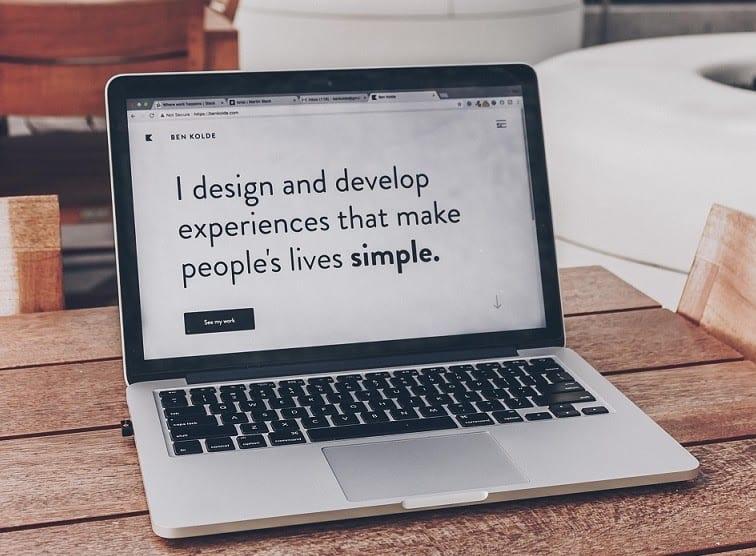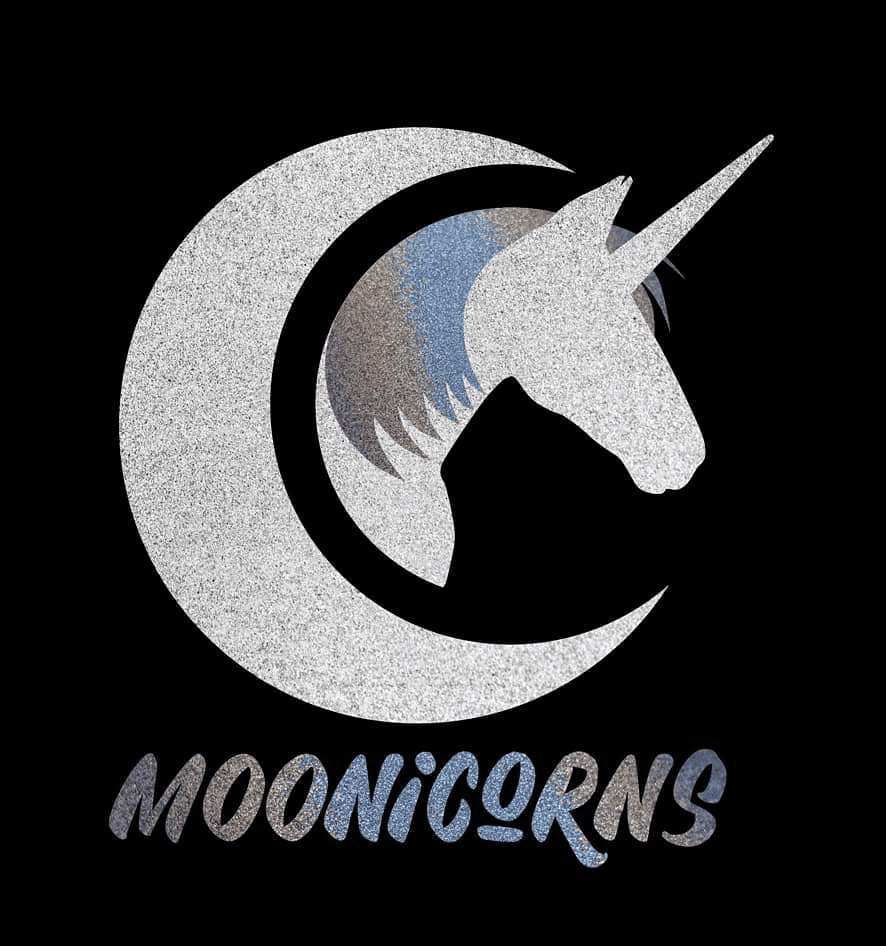Working with a creative agency definitely has its perks. You get to sit back, relax, and let a team of seasoned pros get to work on your creative content. But these services come at a premium. Agency fees can quickly rack up and become unaffordable for small businesses and startups.
So what’s the alternative? How can you get awesome creative content for your company without bankrupting yourself or selling your first-born child?
We’ve got the answer. With Twine, you can cut agency costs by 50%. There’s no complicated fee structure and you can negotiate a price that works for you. You get high quality content, at a fair price.
Excited? We don’t blame you.
Cut agency costs by over 50% on Twine
Agency pricing models
Hourly rates


Hourly rates do what they say on the tin. You pay the agency per hour they spend on the work. This might either be a combined hourly rate for the agency as a whole, or it might be for each individual staff member who’s working on a project at any given time. For instance, they’ll charge you more if a senior manager is working on your project, and less if it’s a junior staff member.
Hourly rates aren’t very common anymore. This is because agencies generally agree that they’re just not the best way of pricing creative work. It’s a focus on the actual labour costs to the agency, rather than how much the end result is worth. It also makes it harder for them to predict cash flow.
They’re also pretty bad for clients. It’s pretty obvious what can happen if you’re being charged hourly. Even if an agency can complete your project quickly, they’ve got no real reason to do so, as it’ll just put them out of pocket. This means even the simplest project can end up dragging on and on and on….
On top of that, you can’t predict your costs. Hourly rates don’t do anyone any favours.
Retainer agreements
A retainer is a longer term agreement between the agency and the client – they agree to work together over a certain period of time on more than just one project. The agency sets aside a certain amount of time for a certain price. The advantages of this is that you’ll have a set monthly expense that goes to the agency.
The disadvantage is that although they technically guarantee the agency’s work over a set period, there’s no real incentive for them to be proactive or efficient – the money will come in either way, in the time designated. You can end up paying a fortune, for results that never seem to materialise. What’s worse, you’re locked into a long-term agreement. Retainer contracts might seem like a good way to cut agency costs, but this often isn’t the reality.


Per-project rates & value-based pricing
Again, in theory at least, this is pretty simple. The agency estimates the cost of the project upfront and that’s what you’ll be required to pay. This can either be paid all at once, or in instalments. This can also be determined on a value front – how much will the results of the project be worth to the client? What will the return on investment be?
This all sounds fairly straightforward, and a way to cut agency costs by knowing the price upfront. But it can go wrong very quickly. If the project changes (which they often do), or you’re not pleased with the result, you’ll suddenly find yourself faced with a load of extra fees you weren’t expecting. On top of that, the asking price is rarely cheap. Top agencies will charge £10,000 for a logo, but even lower level agencies will charge around £1000. Similarly, a single poster or advert will cost you anywhere between £500 – £1000 from smaller agencies.
Agency fees
Costs per iteration
So you’ve given them the brief, the agency’s set to work and a few weeks later they proudly present you with the results. The problem is it looks nothing like you imagined. You ask them to change it and it’s all well and good…Once you’ve paid the iteration fee of course.
And while an iteration fee sounds perfectly fair, you can end up paying a lot of iteration fees when working with an agency, as you lack creative control. This can get really out of hand. Nearly 1 in 10 agency briefs undergo over 50 iterations. That’s 50 iteration fees. Are those odds you’re willing to work with?
1 in 10 creative agency briefs undergo over 50 iterations. Click To Tweet

Theoretically, this problem could be solved by simply executing more creative control. But that’s going to be difficult with this next fee…
Costs per meeting
That’s right, you’ll often have to pay an additional fee for every meeting you have with an agency. This’ll include before the work starts, when you’ll pay consultancy fees. This is another upfront payment with no guarantee of quality.
Ultimately, agencies make it cheaper for you not to get involved. This then backfires on you when you have to pay them again when it goes wrong.
Licensing fees
Sometimes an agency will charge you a lower concept/consultancy fee, under the condition that once the work is done you pay a licensing fee so that you can use it. This does reduce your upfront costs, but the final expense is normally about the same.
How can Twine help cut agency costs?


No hidden fees
With Twine, you pay one simple fee – 20% commission. And that’s it. We’ll include that in the price from the start, so you’re never going to be caught offguard by a hidden fee. All those extra costs you pay an agency just won’t be a problem. We don’t charge extra for iterations or meetings, unless this is something you’ve agreed with your freelancer.
The end result? You get great quality content for a price that’s affordable for you and fair for your freelancer, as you’ll have negotiated the price directly for them. There’ll be some substantial real world savings in it for you.
Let’s bring this home with a real world example. Remember that £1000 you’d pay for a logo from a small agency? The average price for a logo on Twine is £200. You can’t argue with those numbers. Twine really does help you to cut agency costs and often by over 50%.
The average price for a logo from a small agency is £1000. A logo on Twine costs £200 on average. Click To TweetNo upfront payment
We won’t charge you a penny on Twine until you’re 100% satisfied. We hold all payments in our secure escrow system until you’re happy with the final files your creative has uploaded. You only pay when you’ve got the results you really want – there’s no risk of your money just disappearing into the aether (or an agency’s ever-expanding bank account.)
Money-back guarantee
We really trust our freelancers and are willing to take a bet on them. So if you’re disappointed with the result you get on Twine, you’re covered by our money-back guarantee. Posting a project on Twine doesn’t involve anywhere near the same level of financial risk you’ll experience working with an agency.
So what are you waiting for? Post your brief on Twine today.
Still not convinced? Find out how Twine helps you create better content than you’d get from an agency.

